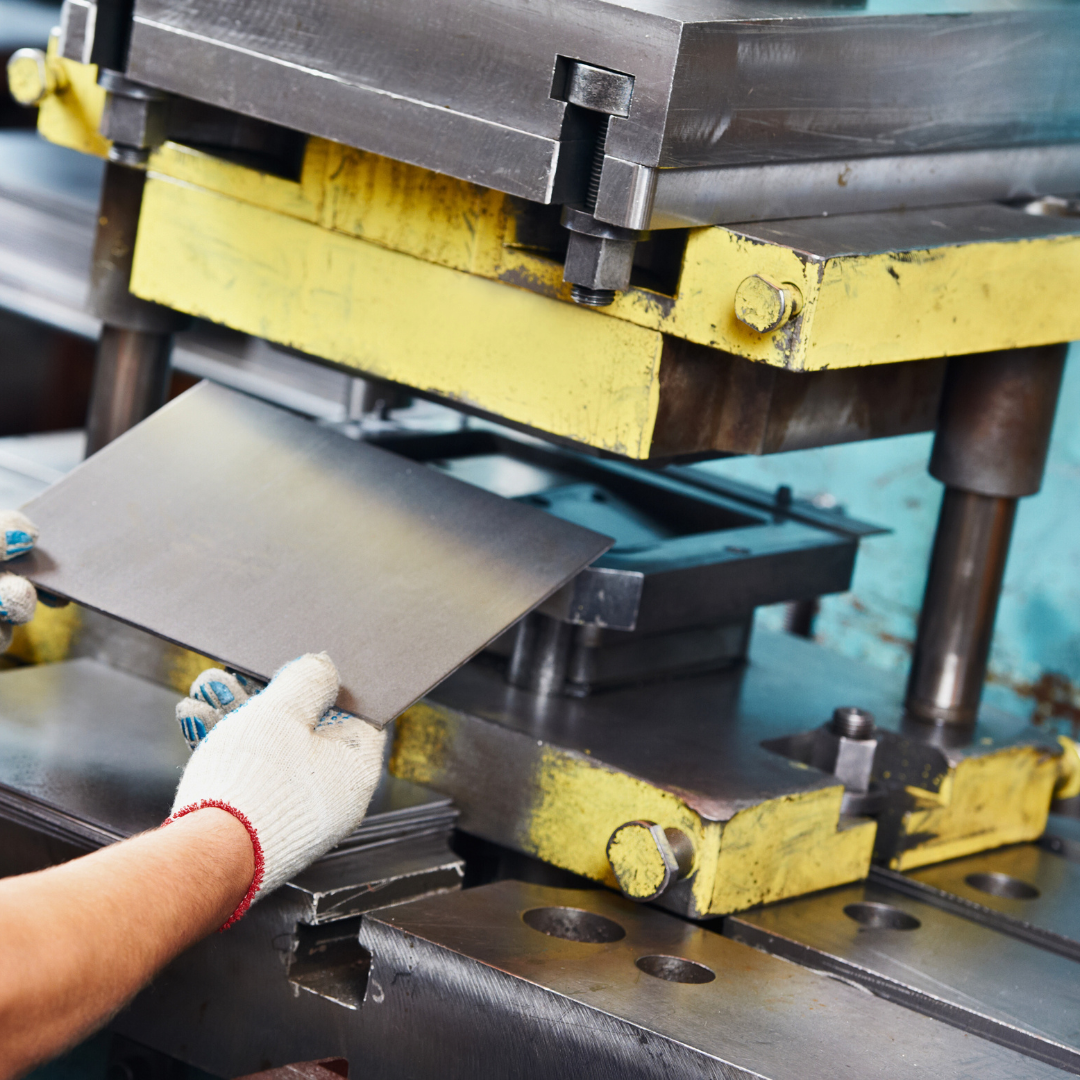
Crafting Wakesurf Boards: Compression Molding Explained
Share
When it comes to wakesurf boards, consistency and durability are essential—especially for riders seeking a reliable, high-performance board without breaking the bank. Compression molding has become one of the most popular manufacturing methods in the industry, offering precision at scale. But what exactly is compression molding, and why is it such a game-changer? Let’s dive in.
What Is Compression Molding?
Compression molding is a manufacturing process that uses heat and pressure to shape a board from composite materials. It starts with a pre-cut foam core, which is placed into a mold alongside layers of fiberglass and resin. The mold is then compressed under high pressure and heated to cure the resin, creating a solid, uniform structure.
This process ensures that every board produced is nearly identical, maintaining strict quality control. It’s a favorite among manufacturers for its efficiency and ability to create durable, high-performance boards.
The Benefits of Compression Molding
-
Consistency: Compression molding produces boards with uniform weight, shape, and performance characteristics, making it ideal for mass production.
-
Durability: The high-pressure process ensures strong bonds between layers, resulting in boards that can withstand repeated use and impacts.
-
Cost-Effectiveness: By streamlining production, this method reduces waste and lowers costs, making boards more affordable for riders.
-
Precision: Molds can be designed to exact specifications, ensuring consistent shapes and features across large production runs.
The Drawbacks of Compression Molding
While compression molding offers many advantages, it isn’t without limitations:
-
Limited Customization: Because the process relies on fixed molds, it’s not suited for one-off designs or highly customized boards.
-
Performance Trade-Offs: Some riders find that compression-molded boards lack the responsive feel and fine-tuned performance of handcrafted options like glassed boards.
How Compression Molding Fits Into Wakesurfing
Compression-molded boards are especially popular among beginners and casual riders due to their affordability and reliability. They’re often designed with versatility in mind, making them suitable for a range of riding styles and conditions.
For manufacturers, this method allows for scalable production and consistent quality, which is crucial for meeting demand and maintaining brand reputation.
Final Thoughts
Compression molding has revolutionized wakesurf board manufacturing by combining efficiency, durability, and precision. While it may not offer the custom feel of other methods, it provides an excellent balance of performance and affordability, especially for new and intermediate riders.
Next in our series, we’ll explore the art of glassing, diving into the craftsmanship and individuality that define this traditional production method. Stay tuned!
